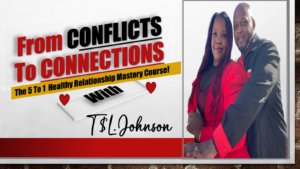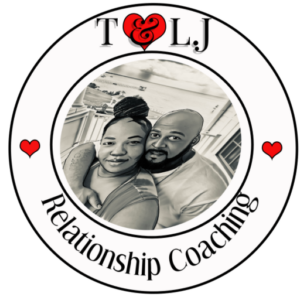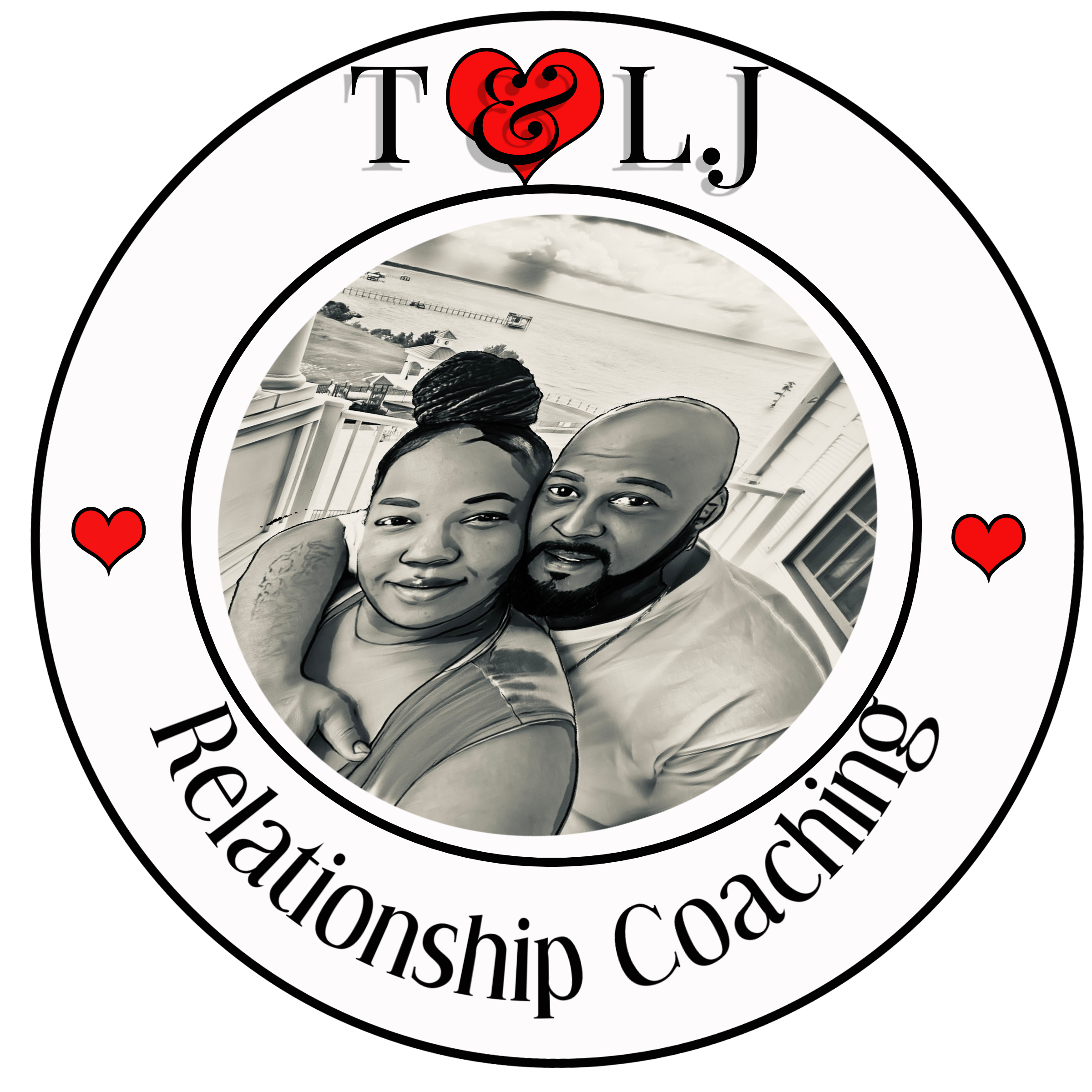1. Understanding Conflict as a Catalyst
Defining Conflict
So, let’s kick things off with understanding what conflict really is. To me, conflict is not just some nasty altercation or a shouting match. It’s the inevitable clashing of perspectives, beliefs, and emotional needs. Believe it or not, it can actually be a good thing! Conflict challenges us, it forces us to dig deep and really figure out what we value.
From my perspective, when we see conflict for what it is—a chance to grow—we start to look at it differently. Imagine you and a co-worker disagree on a project. Instead of just seeing this as a hurdle, think of it as an opportunity to strengthen your partnership and deliver something even better together.
Essentially, it opens the door for dialogue. And that’s something we totally need more of, right? Tables have two sides, and understanding the other side will enrich our own viewpoint.
Recognizing Your Triggers
Now, let’s chat about triggers. We all have ‘em; they’re those hot buttons that make our tempers flare. A major part of turning conflict into connection is being aware of what ticks us off. For me, it’s when my ideas are dismissed without proper consideration. This realization has completely changed how I navigate disagreements.
By identifying your triggers, you’ll not only gain better self-awareness but also learn how to diffuse tension. When I notice myself getting defensive, I take a step back. This mindfulness can act as a buffer against knee-jerk reactions that might otherwise escalate the conflict.
Knowing your triggers also aids in communication. When you can articulate how certain words or actions impact you, there’s a chance to create understanding rather than misunderstanding. It’s all about expressing, not just reacting.
Using Conflict for Growth
Once we grasp conflict and recognize our triggers, it’s time for the magic to happen. See, conflict is like compost—messy but essential for growth! When approached with the right mindset, it can lead to breakthroughs and innovative solutions.
During one of my career’s toughest negotiations, emotions were running high. Instead of retreating or increasing hostility, I invited my opponent to share their side first. This small act turned the entire conversation around! Their insights helped us find a compromise that satisfied both parties. What a win, right?
Remember, creating space for conflict to foster growth involves vulnerability and openness. You’ve gotta be willing to put yourself out there, accept feedback, and put in the work. It’s a beautiful dance if you let it be!
2. Building Empathy Through Listening
The Power of Active Listening
Ah, active listening. This is where things start to get downright powerful. Instead of just hearing, you genuinely listen. I’m talking about giving your full attention, nodding along, and making eye contact—basically the opposite of scrolling through your phone while someone’s speaking!
When I practice active listening, I’m amazed at how much more I understand the other person. It’s often the case that what we think we know just scratches the surface. By staying present, we can often shift the tone of the conversation from a defensive mode to one of collaboration.
Active listening isn’t just about hearing words; it’s about picking up on tone, body language, and emotions. When I can reflect back what I’ve heard, it builds a level of trust that’s hard to shake. It’s like saying, “Hey, I see you and I get you.”
Validating Feelings
Validation is another crucial piece of the puzzle. Everyone wants to feel heard and understood, right? When I validate my colleagues’ feelings during a conflict, even if I don’t agree with them, it changes the whole mood. I don’t have to concede my point; I simply acknowledge their perspective and why they feel that way.
This doesn’t just help the other person feel supported; it actually helps me keep my own emotions in check. By acknowledging their feelings, I lower the defenses—sometimes, all it takes is saying something like, “I can see why that would upset you.” Simple empathy can be a game-changer.
When people feel valued, they’re more likely to reciprocate the effort. This creates a cycle of understanding rather than animosity. It’s a snowball effect that’s hard to ignore—compassion begets compassion!
Asking Questions that Matter
Once we’ve tuned in and validated, the next step is asking thoughtful questions. Questions are like keys that unlock deeper conversations. For example, rather than asking, “Why did you do that?”—which might come off as confrontational—I’ve found success in framing questions like, “What led you to that conclusion?”
These types of questions encourage more than just a surface-level response. They invite the other person to share their thought process and feelings. When I ask open-ended questions, I’ve been surprised by how much insight I gain.
Moreover, engaging in meaningful inquiry nurtures connection and collaboration. It shows genuine interest and opens avenues to find common ground. You might be amazed at what you discover when you dig a little deeper!
3. Communicating with Authenticity
Being Real About Your Own Feelings
Let’s talk transparency. I mean, who wants to get into a conflict with someone who’s not being real? When I’m upfront about my feelings, it encourages others around me to do the same. Sharing my fears, frustrations, and hopes helps humanize the situation.
To be completely authentic, I remind myself that it’s okay to be vulnerable. When I do this, I often find that others are willing to lower their own walls, and suddenly it becomes a dialogue rather than a standoff. There’s strength in vulnerability, folks!
It’s interesting—when I communicate from a place of authenticity, it often leads to a shift in perspective for both parties. Rather than just presenting positions, we share stories that pave the path to understanding and connection.
Using “I” Statements
Another powerful technique I swear by is the use of “I” statements. This might sound simplistic, but it’s life-changing. Instead of saying, “You always interrupt me,” I switch it around to, “I feel overlooked when I’m interrupted.”
This simple twist on wording takes away blame and fosters ownership. It’s a way to communicate feelings without the other person feeling attacked. I can’t tell you how many times it’s calmed a heated discussion just by framing it this way!
Using “I” statements not only expresses how situations affect us personally but also invites reflection rather than defensiveness. It makes people think, and who doesn’t want that? It’s all about compassion and understanding—the essence of turning conflict into connection.
Avoiding Assumptions
As much as it’s tempting to jump to conclusions, avoiding assumptions is key. I’ve learned this the hard way! Instead of assuming the motive behind someone’s actions or words, I have started, when possible, to seek clarification first. It’s astonishing how often we misinterpret intentions.

A story from my own experience: one time, I thought a teammate was purposely sidelining my ideas. Instead of voicing my suspicion, I asked him about it directly. It turns out, he assumed I was content to let him lead the project. Huge misunderstanding solved by a simple question!
When we allow assumptions to thrive, relationships can crumble. So when dealing with conflict, I always ask, “Is this what you meant?” This keeps the lines of communication open and ensures clarity. It’s about nurturing understanding, folks!
4. Fostering Collaboration and Solutions
Shifting Focus from Problems to Solutions
When we find ourselves in conflict, it’s easy to zero in on what’s wrong. But what if we flipped the script? Focusing on solutions rather than dwelling on problems shifts the narrative. I’ve gotten into the habit of asking, “What do we need to do to resolve this?”
This simple pivot fosters a collaborative environment. Instead of being adversaries, we can become partners working toward the same goal. For instance, in a recent team meeting, instead of rehashing our past challenges, we brainstormed ways to prevent them moving forward. Talk about a win-win!
Shifting our mindset fuels creativity and innovation. When both parties start to work together to create a solution, it alleviates tension and paves the way for a more unified approach. After all, that’s what teamwork is all about, right?
Involving Others in the Process
Collaboration expands when you involve others in the process. I’ve learned that inviting a third party to weigh in can provide fresh perspectives. This doesn’t necessarily mean escalating the conflict; it’s more about gathering insights from those who might not be entrenched in the situation.
In one instance, our team was at odds over resource allocation. By holding a brainstorming session with other departments, we found out there were ways to pool resources that we hadn’t considered. Bringing external voices into the mix opened up new channels of communication and possibility.
The key takeaway here? Keeping the conversation inclusive creates a sense of community. We’re all in this together, and tapping into each person’s unique perspective can lead to solutions we might have never found on our own!
Celebrating Small Wins
When collaborating on resolving conflicts, don’t forget the value of celebrating small wins. Even minor breakthroughs are steps forward and deserve recognition! I make it a point to acknowledge progress, whether it’s having a constructive discussion or agreeing on the next step forward.
This not only boosts morale but also reinforces a sense of accomplishment. It reminds everyone that we’re moving in the right direction, even if it’s one tiny step at a time. And trust me, celebrating small victories can be a major motivator for continuing the work.
Sharing success fosters connection. It makes individuals feel appreciated and engaged in the solution process. After all, if we don’t celebrate our progress, what’s the point? Let’s keep the energy and the momentum rolling!
5. Developing Post-Conflict Strategies
Following Up After Conflict
Once the conflict is resolved, the work isn’t over. It’s super important to follow up and check in. After a tense discussion, I usually like to circle back with the other person to see how they feel post-conflict. This turns a moment of conflict into a way to build a stronger future relationship.
A quick “How are you feeling about our discussion the other day?” can go a long way. It shows that I genuinely care about their perspective and demonstrates my commitment to nurturing our collaboration.
The follow-up also offers an opportunity for reflection. It can provide insights about what went well and areas for improvement. We get a chance to revisit any unresolved feelings without the heat of the moment shadowing our perceptions.
Establishing Future Guidelines
Setting guidelines for future conflicts is another essential strategy. Having a framework in place allows everyone to approach differences in a healthier manner moving forward. For me, this often includes agreeing on how we’ll communicate during stressful discussions. Maybe it’s agreeing on taking a time out if emotions run high. Whatever it may be, it fosters a sense of security.
In my experience, when teams establish ground rules for how to handle disagreements, it not only enhances communication but builds trust. Everyone knows what to expect and feels more comfortable expressing themselves, which transforms how we interact.
Establishing a common framework shows commitment to respect and openness, which is essential for any team environment. We’re laying the groundwork for a supportive community that thrives in both calm times and challenging ones!
Reflecting and Learning from the Experience
Finally, I can’t emphasize enough the importance of reflection. Taking time to think about what happened and how we handled it allows us to learn for the future. After resolving conflicts, I often find it helpful to jot down thoughts on what strategies worked and what didn’t.
This kind of reflection opens doors to personal growth. I’ve discovered things about myself during these moments that I wouldn’t want to overlook. Even in conflict, lessons abound, sometimes waiting to be unearthed like hidden treasures.
We grow through the challenges we face. Reflecting on conflict offers us insight into our strengths and areas for improvement, ultimately turning every disagreement into an opportunity for profound connection and growth.
FAQ
What is the first step in turning conflict into connection?
The first step is understanding conflict as a catalyst for growth. Open your mindset to see conflict as an opportunity rather than an obstacle.
How can I recognize my emotional triggers in conflict?
Take time to reflect on past conflicts. Recognizing patterns in your emotional reactions can help identify your triggers beforehand.
What techniques can I use to improve my listening skills during conflict?
Practice active listening by giving your full attention, making eye contact, and acknowledging the other person’s feelings. Ask clarifying questions to ensure understanding.
How do I celebrate small wins after resolving a conflict?
Recognize achievements, no matter how minor, by expressing gratitude and sharing positive feedback. Acknowledgment can motivate and strengthen relationships.
Why is reflection important after a conflict?
Reflection allows you to learn from the experience and grow. It helps identify successful strategies and areas for improvement in future interactions.

Schedule Your First 20-Minute Coaching
Call With Us Today to see if we fit . You pick the price!
Click Here




